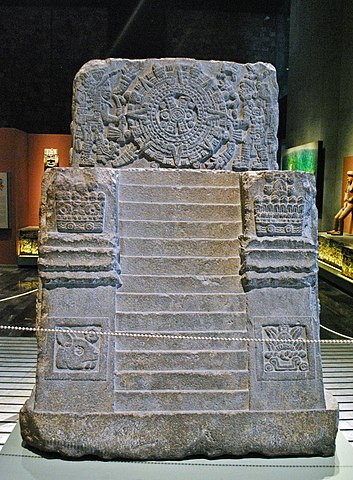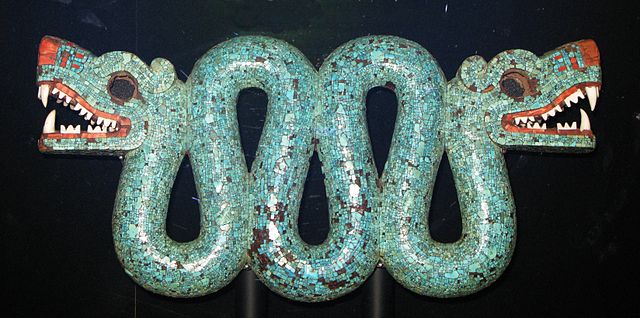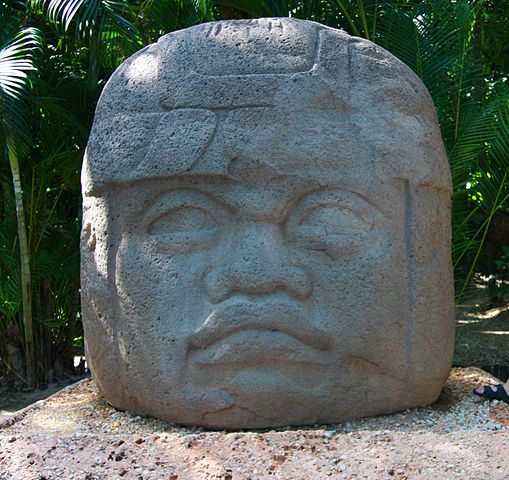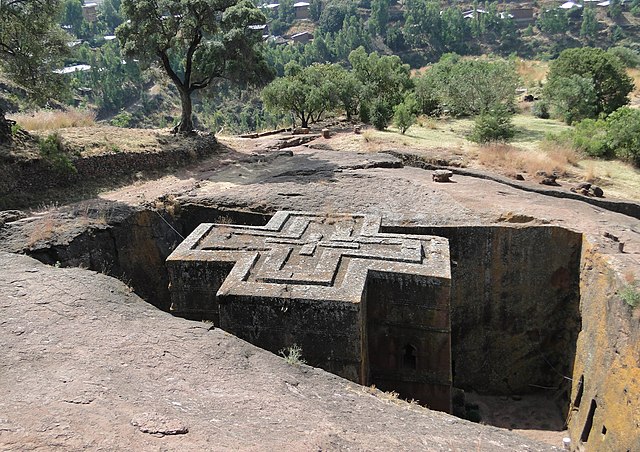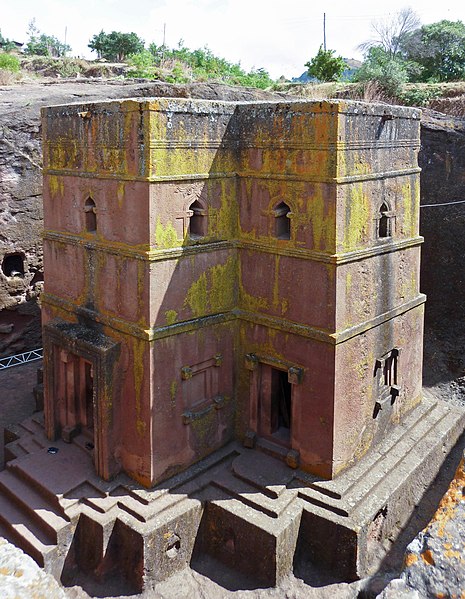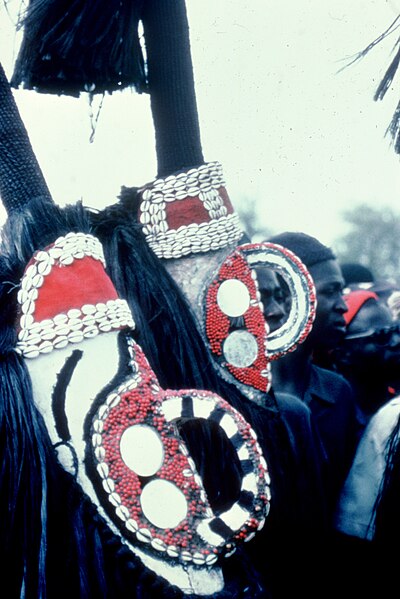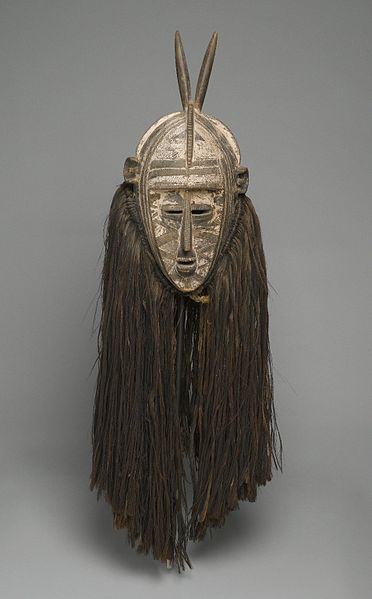We just learned about the Montezuma's Headdress.
Another famous Mesoamerican ancient sculpture is the Toltec Atlantean figures from Tula.
These are four big statues that used to be pillars that held up a roof for a building.
They are called atlantean figures, because they look kind of like sculptures of Atlas holding up the world that were found in Europe long ago.
The sculptures are in the town of Tula in the state of Hidalgo in Mexico.
No one knows for sure when they were built, but people think it was around 750 AD, by the Toltec people who lived there.
The statues are over 15 feet tall, have butterfly shaped armor, sun shields, feathered helmets, and spears.
They were warriors that were meant to serve the mythical Quetzalcoatl from ancient times in Mexico.

(from: wikipedia - atlantean figures)
Kid Facts - Blast from the past: Asura at Kōfuku-ji temple

